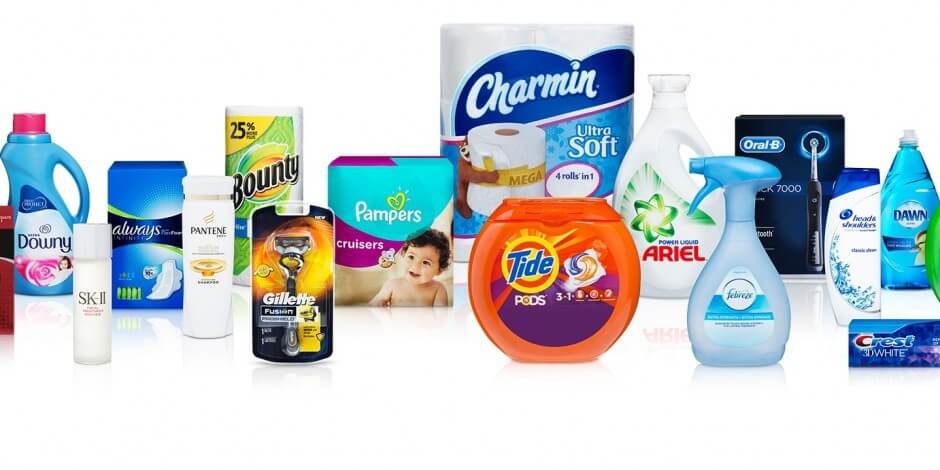P&G have upped their f-commerce game, opening new Facebook stores for Tide, Gillette, Olay, Gain, CoverGirl, Luvs and Febreze.
As with last year’s pilot P&G Facebook stores, P&G are outsourcing e-commerce heavy lifting; this time not to Amazon, but to PFSWeb‘s eStore – an independent online retailer that exclusively sells P&G products. The f-commerce software is a very slick looking Resource Interactive product formally known as “off-the-wall”, but now rebranded as DCP (Distributed Commerce Platform). For a brand manufacturer with limited e-commerce experience, this outsourcing is smart.
Interestingly, P&G is leaving the door open for other retail partners to join the party and sell from their brands’ Facebook pages: A message on the splash tab of the e-commerce apps invites customers to “Purchase on Facebook through these trusted retailers” – although eStore is the only option currently available (Walmart is rumored to be interested).
Apart from the innovative ‘f-commerce without tears’ approach adopted by P&G, what’s interesting is WHY P&G are doing f-commerce at all.
It seems that for P&G f-commerce is less about sales, and more about creating a “Live Learning Lab” for the business to learn about consumers, customer centricity and e-commerce.
- Customer Insight: The Facebook stores are powered by eStore, itself a collaborative effort between P&G, Resource Interactive and PFSWeb, and the goal of eStore is a “Living Learning Lab” for P&G to learn about customers and how they interact with brands and technology. The goal of the store is not sales, but insight
- Customer Convenience: P&G’s CEO Bob McDonald has provided a clear rationale for P&G’s foray into e-commerce, stating that customer convenience – being where customers want to shop – is key: “We want to maximize our sales through retailers but we also want to be where the consumer wants to shop.” By improving customer convenience and thus customer centricity, P&G f-commerce may have a brand-building effect – the store is polite, courteous and respectful to customers. Would you respect someone who made you march over to them to do business?
- E-commerce Experience: P&G spokeswoman Tonia Elrod states that the new Facebook stores will help P&G not only better understand consumers, but also provide the business with experience-based accelerated learning about e-commerce. “Social-network selling is an extension of our overall focus on innovation and brand building… We expect testing commerce via social networks like Facebook will help us accelerate e-commerce growth as consumers buy more of our categories online.”
Whilst it may be clear why P&G are selling on Facebook, it’s less clear why consumers will want to buy from the Facebook pages of P&G brands. Why buy P&G brands on Facebook when you can buy them on eStore, or any number of online beauty and household retailers? It’s no cheaper or faster than on eStore – in fact, the stores are (parts of) the eStore. There appear to no added benefits to shopping from Facebook brand pages.
P&G might think that consumers will appreciate the theoretical convenience of not having to leave the familiar and trusted Facebook environment and click through to external websites, but we don’t think convenience is a real f-commerce benefit. P&G may be setting up the store as a virtual flagship store, that like other flagship stores is not there to make money, but to build the brand, and if so fair enough. But unless P&G offer a compelling benefit for shopping on Facebook, we’re not convinced it will work.
Ultimately, our view is that simply replicating what’s available elsewhere on the Web is not a viable f-commerce solution. The future, we think, is in Facebook fan-stores offering fan-first and fan-only exclusives, along with exclusive branded fan merchandise. All with a view to activating brand advocacy. If P&G don’t play the “fan-exclusives” card with f-commerce, consumers may be unwilling to shop there.

